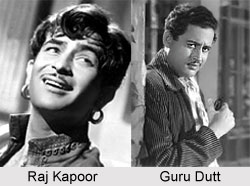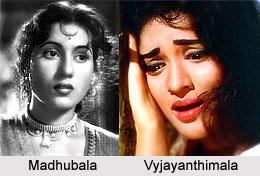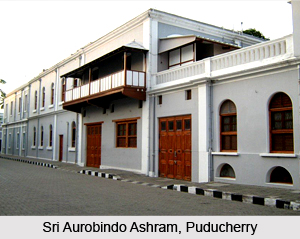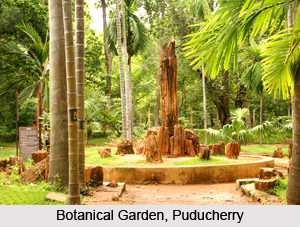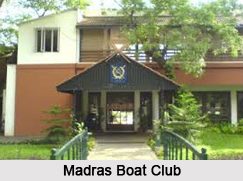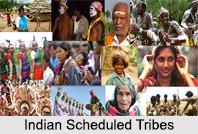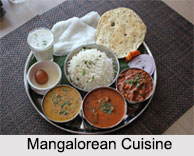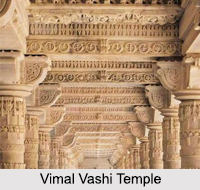 Almost all the states in southern India have developed a unique kind of folk music pattern. These ancient music forms seem to be influenced by the temples in South India. The culture of Southern India is unique, equipped with facets of culture that makes it so remarkable within this country. This culture has highly influenced their folk music which is beyond comparison.
Almost all the states in southern India have developed a unique kind of folk music pattern. These ancient music forms seem to be influenced by the temples in South India. The culture of Southern India is unique, equipped with facets of culture that makes it so remarkable within this country. This culture has highly influenced their folk music which is beyond comparison.Folk Music of Kerala
Kerala has a rich tradition of folk songs and anthems, a large portion of which are sung in local dialects. With the evolving times, these songs have wound down in fame. Gone down progressively through generations by a vibrant oral tradition, the creation of the vast majority of these songs is obscure. The types of folk music in Kerala are Christian songs, Carnatic, Vadakkanpattu (northern folk), Kathakali and tribal music.
Places like Kochi, Thissur, Varkala, Trivandrum, Kozhikode, Munnar etc. are appropriate to enjoy some folk music. They use Chenda, Edakka, Kombu, Kurum Kuzhal, Maddalam, Mizhavu, Panchvadyam, Pulluvarkkudam, Thayambaka, Thimila, Shankhu etc. during their folk dance or music performances in festivals like Onam, Vishu, Ambalapuzha Arattu, Aranmula Uthrattathi, Attukal Pongala, Adoor Gajamela, Kuthiyottam and Kettukazhcha, Chittoor Konganpada etc.
The language of the songs used for Kathakali is Manipravalam, a mixture of Malayalam and Sanskrit. Even though most of the songs are set in ragas based on the microtone-heavy Carnatic music, there is a distinct style of plain-note rendition, which is known as the Sopanam style. Popular folk songs of Kerala are Mappila Pattu, Knanaya Folk Songs, Ottamthullal Songs, Pulluvan Pattu, Villu Pattu and Temple Music.
Folk Music of Karnataka
Karnataka boasts of a fortunate custom in the domain of folk music and traditional music. The rich legacy of the music of Karnataka can be attributed to the Vijayanagara and Woodeyar rulers who themselves were incredible examples of music and writing. These administrations boosted the development of conventional music and energized promising musicians. With that, Karnataka has made a considerable commitment to the development of the type of Indian classical music which today is known as Carnatic music.
Tamil Nadu, a state rich in cultural heritage, has a diverse
tapestry of folk music that reflects the traditions, stories, and values of its
people. One such significant form of folk music is Villu Pattu, a captivating
and ancient art that combines music, storytelling, and performance. Rooted in
the rural heartlands of Tamil Nadu, Villu Pattu has been a cherished tradition
for generations, preserving the essence of the land's history and social
fabric.
For more, visit the link below:
